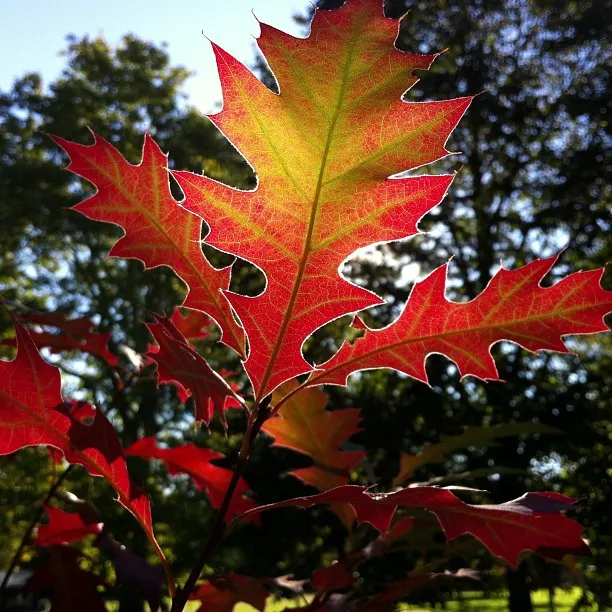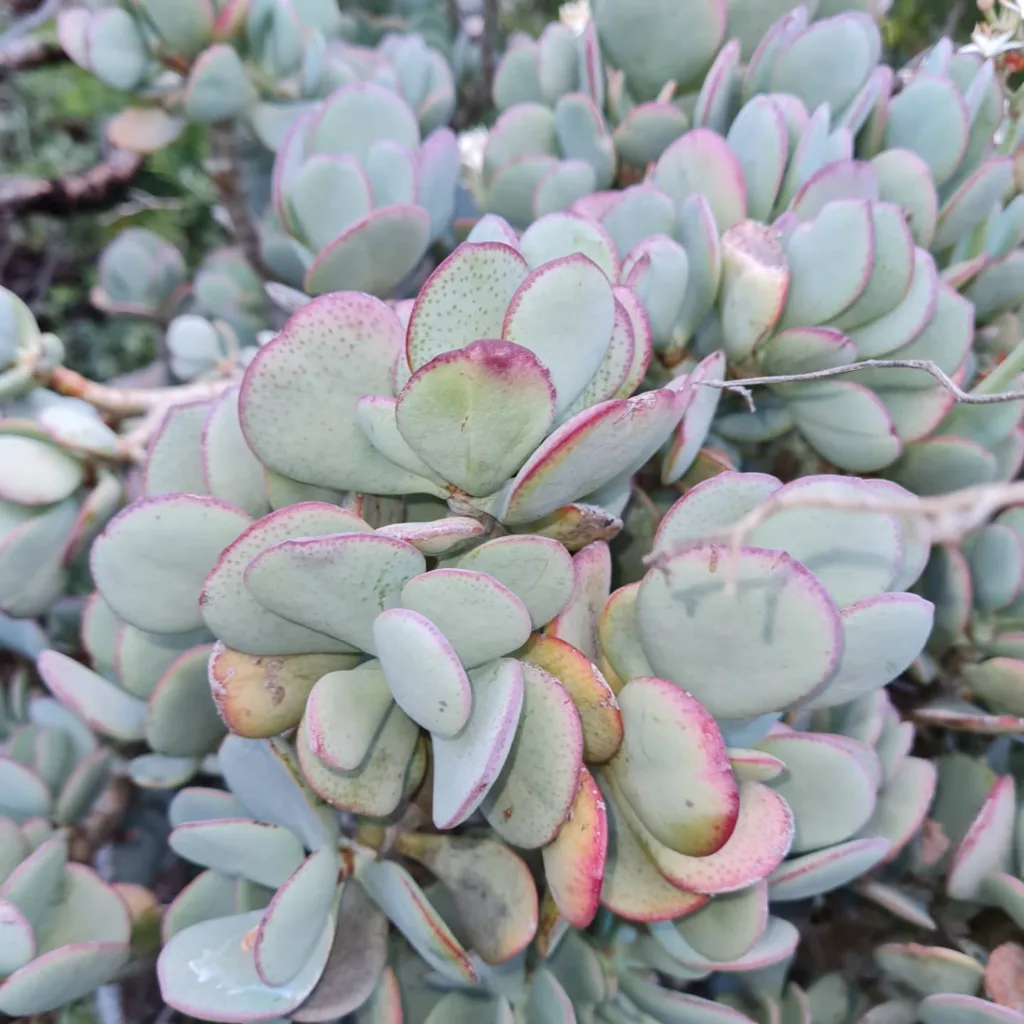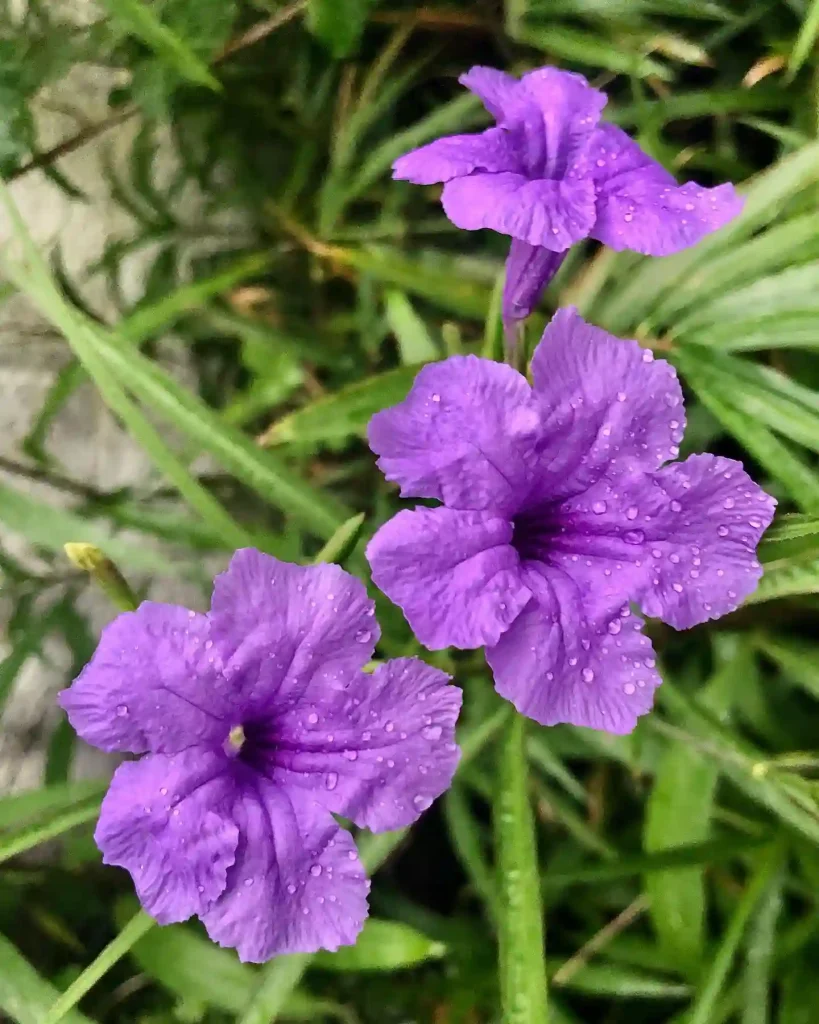All About Sarracenia Rosea: The Rose-Petaled Pitcher Plant
Hi there, Ferb Vu here! Today, we’re diving into the fascinating world of carnivorous plants, specifically the stunning Sarracenia rosea, also known as the Rose-Petaled Pitcher Plant. This beauty is a captivating addition to any carnivorous plant collection, but it can also be a source of confusion, especially when compared to its close relative, Sarracenia purpurea.
What is Sarracenia Rosea?
Sarracenia rosea is a pitcher plant native to the southeastern United States, particularly the coastal plain regions from North Carolina to Florida. This carnivore boasts unique tubular pitchers, modified leaves that lure, trap, and digest insects. But what truly sets it apart is the presence of light pink petals on its flowers – a characteristic absent in other Sarracenia species.
How Does Sarracenia Rosea Capture Prey?
The magic lies in the pitchers. These vibrant green tubes are nature’s cunning traps. Here’s the breakdown:
- Luring Aroma: The pitcher’s rim secretes a sweet, fragrant nectar that entices insects.
- Slippery Slope: The inner surface of the pitcher is lined with downward-pointing hairs. Once an insect lands, these hairs make climbing back out nearly impossible.
- Pooling Doom: The bottom of the pitcher often contains rainwater or digestive fluids, leading to a watery grave for the trapped insect.
- Digestive Enzymes: Sarracenia rosea then releases digestive enzymes to break down the insect’s body, absorbing vital nutrients the plant can’t obtain from its boggy, nutrient-poor environment.
This fascinating process allows Sarracenia rosea to thrive in conditions where other plants struggle.
Sarracenia Rosea vs. Sarracenia Purpurea: Telling the Pitcher Pals Apart
Sarracenia rosea and Sarracenia purpurea are close cousins, and their resemblance can be uncanny. However, there are key distinctions to help you identify them:
- Flowers: The giveaway lies in the flowers. Sarracenia rosea sports light pink petals, whereas Sarracenia purpurea has deep red to purple ones.
- Pitcher Size: Sarracenia rosea tends to have shorter, stockier pitchers compared to the taller, more slender ones of Sarracenia purpurea.
- Peduncle Length: The stalk holding the flower (peduncle) is shorter in Sarracenia rosea compared to its longer-stalked cousin.
Confusing Classifications: It’s worth noting that the classification of Sarracenia rosea has been debated. Some botanists consider it a separate species, while others view it as a variety of Sarracenia purpurea.
How to care for Sarracenia Rosea?
So, you’ve been captivated by the Rose-Petaled Pitcher Plant and want to bring one home? Here’s what you need to know:
- Boggy Bliss: Mimic its natural habitat by planting it in a pot filled with a sphagnum moss and perlite mix. Ensure the pot has drainage holes to prevent waterlogging.
- Sun Seeker: Provide your Sarracenia rosea with plenty of bright, indirect sunlight. A bog garden outdoors or a sunny windowsill indoors works well.
- Water Wise: Keep the soil consistently moist, but not soggy. Use rainwater, distilled water, or water that has been left out for 24 hours to avoid mineral build-up.
- Feeding Frenzy: While your Sarracenia rosea can catch insects on its own, you can occasionally offer it a bloodworm or cricket treat. Don’t overfeed – once a month during the growing season is sufficient.
- Winter Wonderland: Most Sarracenia rosea varieties require a cool dormancy period during winter. Reduce watering and temperatures to around 40°F (4°C) for a few months.
By following these simple steps, you can create a thriving carnivorous haven for your Sarracenia rosea.
Beyond the Basics: Additional Tips for Success
Here are some bonus tips to keep your Sarracenia rosea happy and healthy:
- Repotting: Repot your Sarracenia rosea every 2-3 years into a slightly larger pot to accommodate root growth.
- Pests and Diseases: While relatively pest-resistant, keep an eye out for mealybugs and aphids. Insecticidal soap or neem oil spray can be used for control. Fungal diseases can occur in overly moist conditions. Ensure proper drainage and air circulation.
- Propagation: You can propagate your Sarracenia rosea through division or seeds. Division is best done in early spring, while seed propagation requires patience, as germination can take several months.
Is Sarracenia rosea safe for pets?
The pitchers and digestive enzymes of Sarracenia rosea can pose a mild stomach upset if ingested by pets. While unlikely to be fatal, it’s best to keep them out of reach of curious creatures.
Can Sarracenia rosea survive indoors?
Yes, Sarracenia rosea can thrive indoors as long as it receives enough sunlight. A sunny windowsill or a dedicated grow light setup can meet its light requirements. However, maintaining consistent humidity levels indoors can be challenging. Consider using a humidifier or placing the pot on a pebble tray filled with water to increase ambient humidity.
My Sarracenia rosea’s pitchers are turning brown. What’s wrong?
Brown pitchers are a common occurrence. Old pitchers can naturally turn brown and die off. However, excessive browning could indicate underwatering, too much direct sunlight, or mineral build-up from using tap water.
Should I remove the dead pitchers from my Sarracenia rosea?
Removing dead pitchers is not necessary unless they become unsightly. The plant will eventually absorb the nutrients from the dead pitcher.
My Sarracenia rosea isn’t producing any pitchers. What could be the reason?
Lack of sufficient sunlight, improper dormancy period, or nutrient deficiency could be factors. Ensure your plant receives enough light and cool temperatures during winter. You can also try offering an occasional insect treat to supplement its nutrient intake.
Where can I buy a Sarracenia rosea?
Many carnivorous plant nurseries and online retailers offer Sarracenia rosea. Look for reputable sellers who specialize in carnivorous plants to ensure you receive a healthy specimen.
The Final Bloom:
With its unique beauty and fascinating insect-catching abilities, Sarracenia rosea is a captivating addition to any plant collection. By understanding its specific needs and following these simple care tips, you can ensure your Rose-Petaled Pitcher Plant thrives for years to come. Happy growing!



